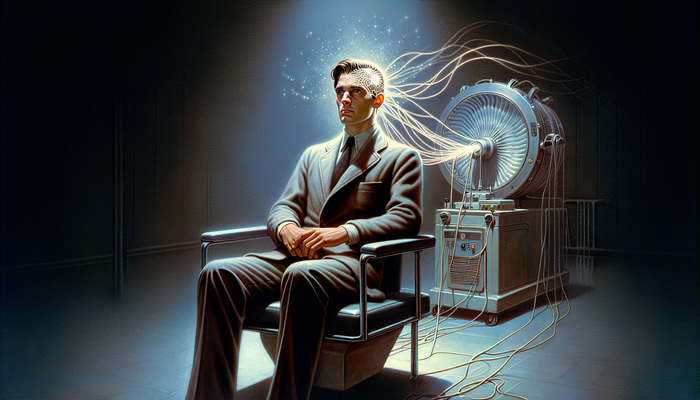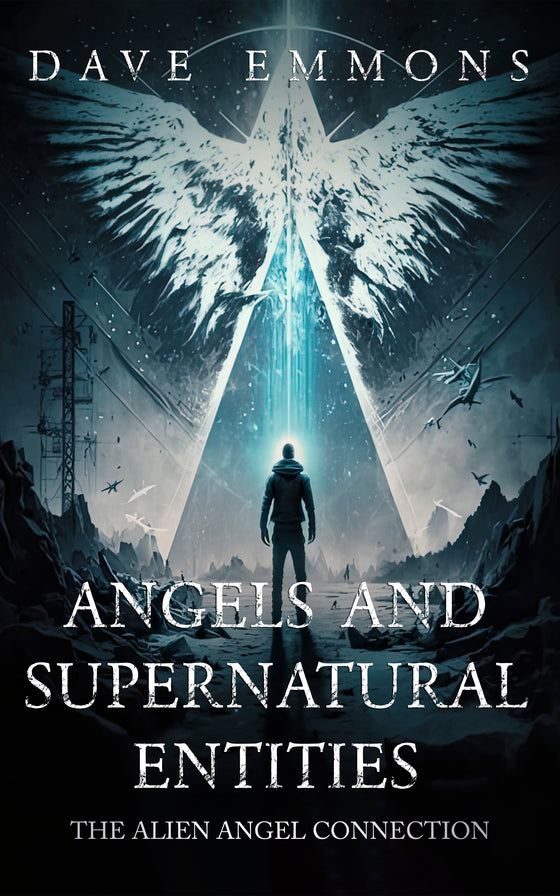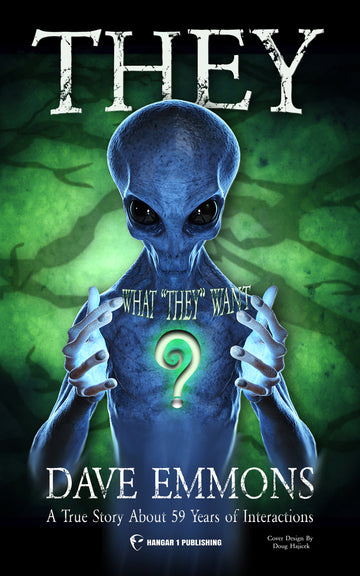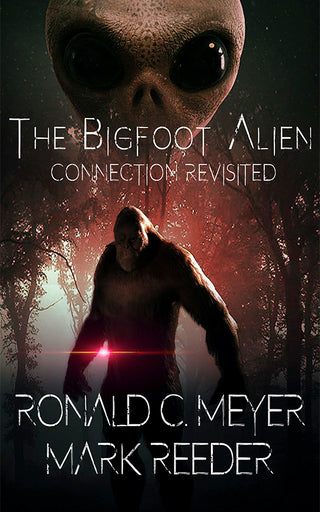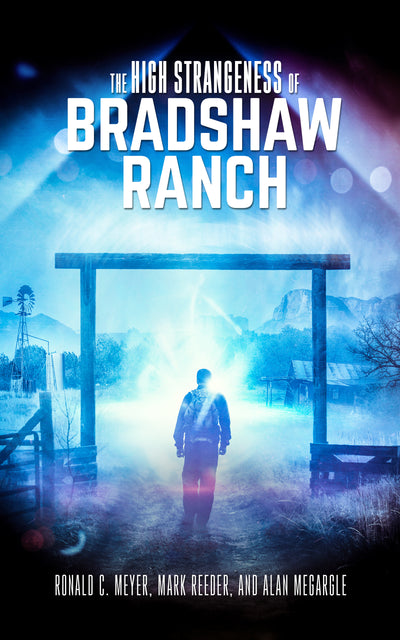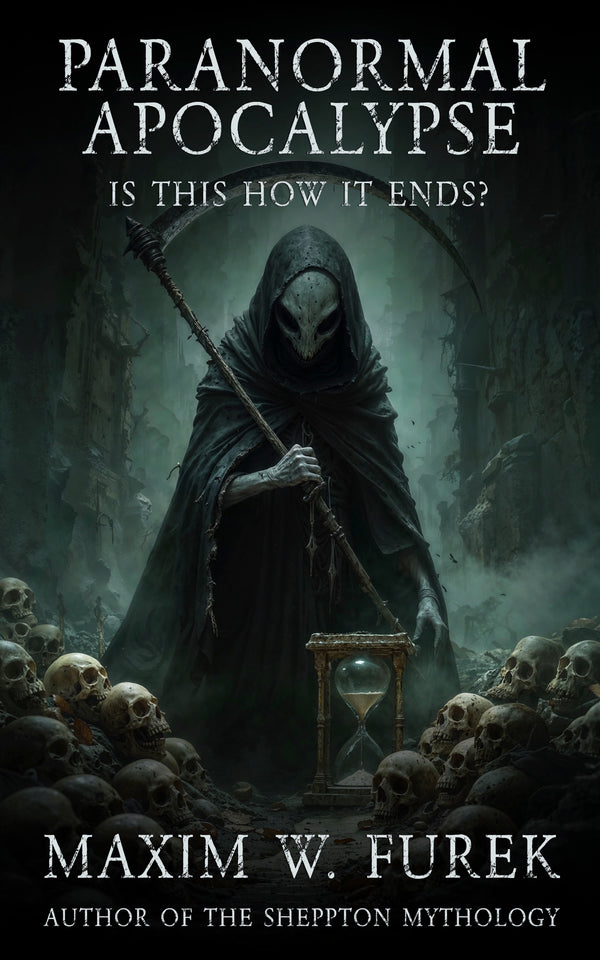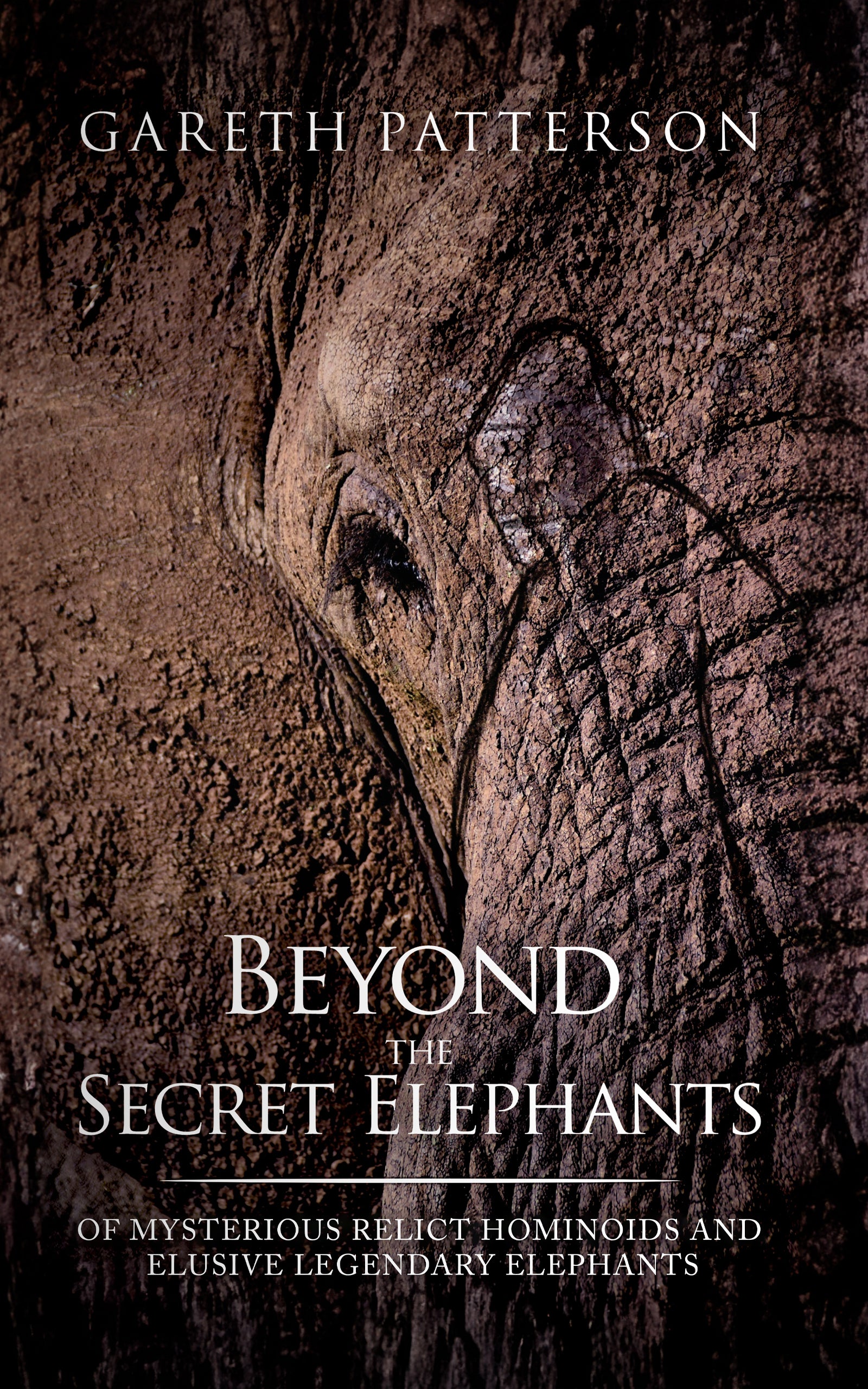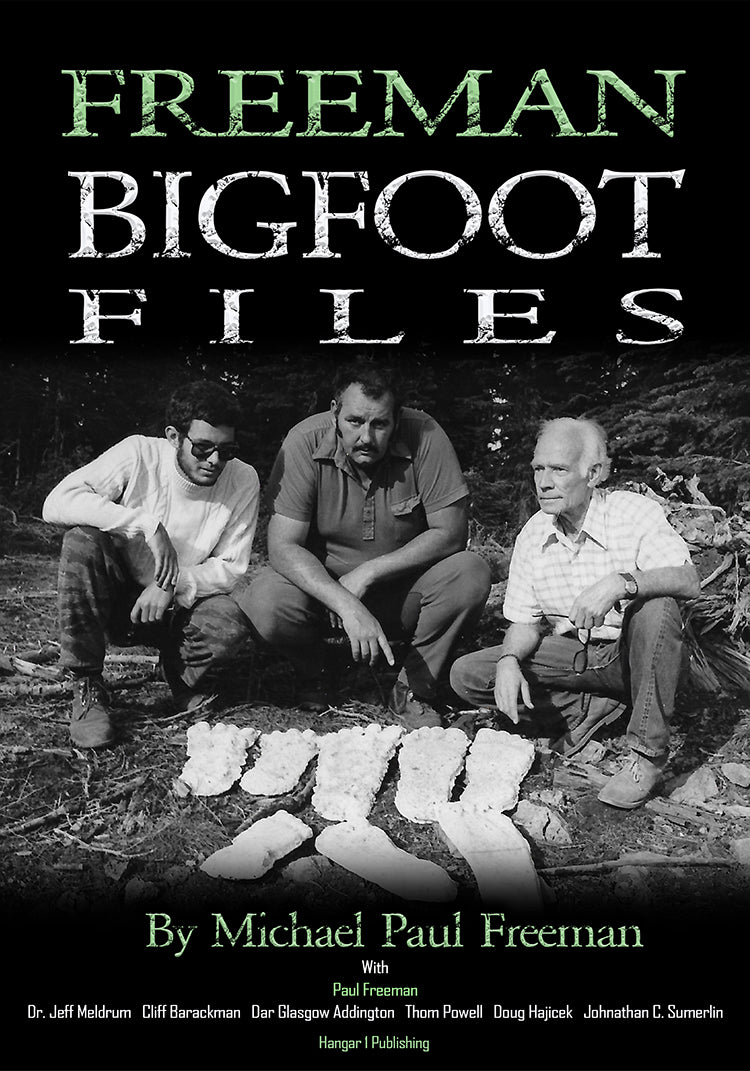UFO Crash Cover Stories: Decoding the Official Playbook from Roswell to Modern Whistleblowers

By Gabriel Chen, Ufologist
I've spent years documenting how different cultures interpret encounters with non-human intelligences. From indigenous contact narratives to modern experiencer accounts, I've noticed something fascinating: the stories change, but the official responses follow a remarkably consistent script. Nowhere is this more obvious than in the history of alleged UFO crash retrievals.
What strikes me as a cultural researcher isn't whether these crashes happened. It's how governments respond to them. After analyzing over a dozen major incidents spanning eight decades, I can tell you the playbook has barely changed. And understanding that playbook might be the most useful tool any serious researcher can possess.
The Recycled Explanation Problem
Here's what the data shows: roughly 71% of major alleged crash incidents receive one of three official explanations. Weather balloons. Meteors. Or, my personal favorite, confusion over anthropomorphic test dummies dropped from aircraft decades after the alleged events.
Think about that for a moment. Across different countries, different decades, different political administrations, the same small menu of explanations keeps appearing. Either governments around the world independently arrived at identical cover story strategies, or they're telling the truth and witnesses keep making the same mistakes. Both possibilities deserve scrutiny.
The pattern becomes most visible when you line up the cases chronologically. Roswell in 1947 gets the weather balloon treatment. Captain Mantell's fatal 1948 pursuit becomes a Skyhook balloon chase. The 1974 Berwyn Mountains incident in Wales transforms into a coincidental earthquake plus meteor. Each explanation sounds reasonable in isolation. Together, they form a recognizable pattern.
Roswell: How Official Stories Evolve
No case better illustrates the evolution of cover stories than Roswell. I've studied contact narratives across forty countries, and I've never encountered anything quite like the shape-shifting nature of this official record.
It started simply enough. On July 8, 1947, the Roswell Army Air Field issued a press release announcing the capture of a flying disc. Headlines went global. Then, within 24 hours, the story changed. An FBI teletype echoed the new explanation: just a weather balloon with a radar reflector.
For decades, that was the official word. The incident faded from public consciousness until interviews with original witness Major Jesse Marcel revived interest in the late 1970s. Marcel insisted the weather balloon story was a cover for something extraordinary. His testimony sparked a research renaissance.
The Air Force responded with a 1994 report attributing the debris to Project Mogul, a classified Cold War program using high-altitude balloon trains to monitor Soviet nuclear tests. The strange materials witnesses described, including foil, sticks, and tape with odd markings, supposedly matched Mogul components. A 1997 follow-up tackled the persistent alien body claims by attributing them to crash test dummies from 1950s parachute experiments.
The problem? A 1995 General Accounting Office audit found that administrative records from Roswell Army Air Field for the relevant period had been destroyed. The paper trail simply ends where the answers should begin.
The Aztec Hoax and Its Lasting Damage
Not every crash story deserves investigation. Some are proven frauds. Understanding hoaxes helps researchers avoid wasting energy on dead ends, and the Aztec case remains the most instructive example.
In 1950, columnist Frank Scully published Behind the Flying Saucers, claiming a hundred-foot saucer had landed near Aztec, New Mexico in 1948, carrying sixteen small humanoid bodies. The story captured imaginations. It also happened to be an elaborate con.
Two grifters named Silas Newton and Leo Gebauer fabricated the entire narrative. Their real goal? Selling bogus oil-detecting devices they claimed used alien technology. A 1952 True magazine investigation by journalist J.P. Cahn dismantled their claims. Both men were convicted of fraud in 1953.
Yet elements of their fiction survived. In 1974, researcher Robert Spencer Carr revived the tale, claiming alien bodies from Aztec were stored at Hangar 18 at Wright-Patterson Air Force Base. The Air Force has repeatedly denied the legend. But the myth persists, now permanently fused with legitimate crash-retrieval research thanks to a proven hoax. The lesson? Always trace claims back to their original sources.
Kecksburg: The Case of the Vanishing Records
On December 9, 1965, a brilliant fireball streaked across six U.S. states and Canada. Astronomers initially called it a meteor bolide. But witnesses in the small Pennsylvania town of Kecksburg reported something different: an object that appeared to make a controlled turn before crashing into nearby woods.
Locals who reached the site described seeing military personnel cordoning off the area. Some claimed to glimpse a large, bronze-colored, acorn-shaped object partially buried in the ground, bearing markings like Egyptian hieroglyphs. The object was allegedly removed on a military flatbed truck. The official Project Blue Book file stated a search found nothing and attributed the event to a meteor.
Decades later, the story took a strange turn. Following a Freedom of Information Act lawsuit by journalist Leslie Kean, NASA issued a statement in 2005. The agency admitted experts had examined fragments from the incident and determined they came from a Russian satellite. The catch? NASA claimed the case files had been lost in 1987.
Satellite trackers immediately challenged this explanation, noting that the trajectory of the likely candidate, the failed Soviet probe Kosmos 96, didn't match the fireball's path. The lost records claim left the case officially unresolved. And that's where it remains.
Where Transparency Actually Exists
What happens when governments don't run from crash allegations? The contrast is striking.
Canada's Shag Harbour incident of October 4, 1967 offers a model of official acknowledgment without panic. Multiple residents of this Nova Scotia fishing village reported orange lights descending and crashing into the harbor. The RCMP responded immediately, believing it was a downed aircraft. Officers and civilians witnessed a sixty-foot object with a white light floating on the water before it submerged. Fishermen found thick, glittery yellow foam at the impact site.
The Royal Canadian Navy searched for three days. The official conclusion documented in Department of National Defence files: no trace of an object was found, no conventional aircraft were missing, and the object was labeled simply as UFO. Canada's Library and Archives now holds over 9,500 pages of UFO-related documents, including extensive Shag Harbour files. Researchers can access them freely.
Brazil has followed a similar path. Since its Access to Information Law was enacted in 2012, the country has released thousands of documents to its National Archive, which now holds the nation's most-visited collection. Files from Operation Prato and the official SIOANI UFO investigation system are publicly available.
The United States falls somewhere in the middle. While Project Blue Book's 12,618 case files are accessible, and the FBI Vault offers various UFO documents, the system of FOIA exemptions and classified programs creates a complex patchwork.
Russia remains almost entirely opaque. Cases like the 1986 Dalnegorsk incident and the 1989 Voronezh sightings produced intriguing reports but almost no official archival releases.
Varginha: What Happens Without Documents
Brazil's most famous case illustrates what research looks like when official records are sparse. The Varginha incident of January 20, 1996 exploded into public consciousness after three young women reported encountering a strange, brown-skinned creature with large red eyes crouching in an empty lot.
Their account triggered a cascade of additional reports: a UFO crash witnessed by a civilian pilot, capture of creatures by local firefighters and military police, and alleged military mobilization from a nearby army base. The captured beings were supposedly transported to local hospitals before being moved to the University of Campinas for study. All institutions have consistently denied involvement.
The official explanation blamed the sighting on a local mentally disabled man. This was widely rejected by researchers and witnesses alike. A Military Police officer named Marco Eli Chereze, allegedly involved in capturing one of the creatures, died weeks later from a mysterious infection.
Without substantial documentation, Varginha remains built almost entirely on witness testimony. The 2022 documentary Moment of Contact brought renewed attention to the case, demonstrating how media can amplify interest decades after events occur.
The Dalnegorsk Anomaly: Physical Evidence Behind the Iron Curtain
The Height 611 incident near Dalnegorsk, USSR on January 29, 1986 produced something rare: physical residues subjected to contemporary scientific analysis. Eyewitnesses reported a reddish sphere crashing into Mount Izvestkovaya.
Researcher Valery Dvuzhilny reached the site three days later and found a two-by-two meter impact zone showing evidence of extreme heat but no large wreckage. His team collected unusual materials: metal droplets of lead and iron, some displaying extraordinary hardness. They also found fine mesh composed of carbon threads twisted with quartz filaments and black glassy particles.
Several Soviet scientific institutions analyzed the samples. Isotopic analysis of the lead revealed terrestrial origin, though from a distant mining region rather than local sources. The analyses confirmed unusual properties but didn't conclude extraterrestrial origin. Due to Soviet-era secrecy, there was no public-facing official explanation. The CIA collected media reports on Soviet UFO sightings during this period.
When Disinformation Becomes the Story
Here's something that separates serious research from casual interest: verified instances of government agencies deliberately planting false UFO information. This isn't speculation. It's documented history.
The case of Paul Bennewitz stands as the clearest example. In the early 1980s, this Albuquerque businessman believed he was intercepting communications from an alien base near Dulce, New Mexico. He was actually picking up signals from classified projects at nearby Kirtland Air Force Base. To protect those programs, the Air Force Office of Special Investigations launched a disinformation campaign against him.
Agent Richard Doty and others fed Bennewitz fabricated documents confirming his worst fears about underground alien bases. The goal was to overload him with false data and destroy his credibility. It worked. Bennewitz's mental health deteriorated, and he eventually required psychiatric hospitalization.
The operation became public through an extraordinary 1989 confession. UFO researcher William Moore admitted at a MUFON symposium that he had knowingly participated in the disinformation campaign, acting as a conduit for AFOSI to spread false information to Bennewitz and the broader UFO community.
This pattern extends to other controversies. The Majestic-12 documents, supposedly describing a secret committee formed to handle the Roswell crash, were declared completely bogus by the FBI in 1988 after an Air Force investigation found no such committee ever existed. The 21st-century Project Serpo hoax, claiming a secret human-alien exchange program, was later traced back to the same Richard Doty.
For researchers, these cases carry a clear message: verify provenance on any spectacular leaked document before accepting it as evidence.
When Modern Science Tests the Artifacts
Claims of recovered alien materials have circulated for decades. Modern analytical techniques are now providing definitive answers, and the results often challenge long-held beliefs.
Take the Ubatuba magnesium. Fragments allegedly from a UFO that exploded over Brazil in 1957 were found to be remarkably pure magnesium. Early tests in the 1960s-80s noted this purity and an unusual strontium impurity as anomalous. But a 2018 study using high-resolution mass spectrometry found the magnesium's isotopic ratios fell squarely within the range of terrestrial materials. The latest analysis showed no non-terrestrial signature.
A similar fate befell the famous metamaterial promoted for years as potential UFO debris. This layered sample of bismuth and magnesium was analyzed by Oak Ridge National Laboratory at AARO's request. The official synopsis revealed both magnesium and lead isotopic ratios were fully consistent with terrestrial materials.
These outcomes don't mean all future samples will be terrestrial. They demonstrate that rigorous testing works. Any alleged artifact should undergo analysis at an ISO/IEC 17025 accredited laboratory using blind testing protocols. Results should be published following FAIR open-data principles. Without these standards, claims remain just claims.
Legal Architecture of Secrecy
Understanding why information is difficult to obtain requires knowing what legal tools exist to withhold it. Special Access Programs impose access controls far stricter than standard classification. The most secretive category, waived SAPs, can bypass normal congressional notification under 10 U.S.C. § 119.
This legal framework sits at the center of recent controversy. Whistleblower David Grusch's claims of hidden UAP reverse-engineering programs were deemed credible and urgent by the Intelligence Community Inspector General. Yet AARO's March 2024 historical review stated it found no evidence of such programs after interviewing approximately thirty witnesses.
This discrepancy fueled congressional interest. Sixteen House members sought secure briefings on Grusch's allegations in January 2024. His eleven hours of classified testimony to the Inspector General remains inaccessible to the public.
FOIA requests face their own obstacles. Exemptions protecting national security and intelligence sources can block access to relevant records. The Glomar response, where agencies refuse to confirm or deny the existence of records, represents a total barrier.
The Pop Culture Amplification Effect
I've watched narratives travel across cultures for years. UFO crash stories follow a particular pattern: media amplifies specific cases, which drives public interest and FOIA requests, which produces more media coverage.
The 1980 film Hangar 18 cemented the secret warehouse concept in public consciousness. Wright-Patterson officially denies storing alien craft or bodies, but the legend persists. The X-Files and Independence Day permanently linked Area 51 with recovered alien technology in the public mind.
This feedback loop can help or harm research. Media attention can pressure governments for transparency, as seen with renewed interest in Varginha following its documentary. But entertainment-driven narratives can also distort evidence, prioritizing drama over accuracy. The UK National Archives and Ministry of Defence files show how public interest drives government disclosure, with the Rendlesham Forest incident files now publicly available including the famous Halt memo.
What the Cape Girardeau Story Teaches Us
Some cases exist almost entirely in oral history. The alleged 1941 Cape Girardeau crash in Missouri predates Roswell by six years. The story comes primarily from Charlotte Mann, granddaughter of witness Reverend Huffman, as relayed through researcher Leonard Stringfield.
No contemporaneous records exist. The story emerged decades after the alleged event. As a cultural researcher, I find these generational transmission cases fascinating. How do family stories preserve and transform over time? What gets added or lost? But from an evidentiary standpoint, without documentation from 1941, the case rests entirely on hearsay.
Contrast this with the Falcon Lake incident in Canada, where contemporaneous medical records, RCMP reports, and physical evidence created a robust documentation trail. The difference in research value is vast.
The Kingman Question Mark
The alleged 1953 Kingman, Arizona crash relies heavily on a single primary witness: Arthur Stansel, known by the pseudonym Fritz Werner. His testimony via researcher Raymond Fowler describes being brought to examine a crashed disc twenty miles southeast of Kingman.
No official records corroborate the account. Yet leaked communications between former intelligence officials have recently mentioned Kingman, suggesting continued interest in the case decades later. The local newspaper investigated and found additional witness accounts, though none with official documentation.
The Current Standoff
We're living through an unusual moment. Congressional interest in UAP has produced official inquiries and whistleblower testimony. The AARO historical review links many historical sightings to secret government programs. AARO's director publicly dismissed claims of alien technology recovery.
But key witnesses maintain their accounts. The legal structure of waived SAPs could theoretically shield programs from standard oversight. And record destruction, as proven by the Roswell GAO audit, can permanently erase paper trails regardless of classification status.
The 2021 ODNI preliminary assessment acknowledged dozens of unexplained incidents without offering definitive conclusions. That acknowledgment of genuine unknowns, after decades of prosaic explanations, represents a shift in official posture worth noting.
Standards That Actually Matter
After years of studying how cultures process anomalous experiences, I've developed strong opinions about evidence. Here's what separates productive research from wheel-spinning:
Chain of custody matters more than dramatic claims. Can a sample or document be traced without gaps from discovery to present day? Without that trail, analysis results remain suspect regardless of what they show.
Isotopic analysis beats elemental composition. Knowing something is made of magnesium tells you less than knowing its precise isotopic ratios. That's how we determine terrestrial versus non-terrestrial origin with any confidence.
Source motivation deserves scrutiny. The Aztec hoax happened because researchers didn't investigate Newton and Gebauer's financial interests. The Bennewitz affair happened because researchers trusted documents without verifying their provenance.
Transparency correlates with research value. Cases like Shag Harbour with open archives produce better research than cases shrouded in classification. The Canadian archives and British National Archives offer models other governments could follow.
The Bottom Line
UFO crash cover stories follow predictable patterns because they serve predictable purposes: protecting classified programs, managing public perception, and maintaining institutional credibility. Whether any particular cover story conceals something extraordinary remains genuinely uncertain.
What I know from studying contact narratives across cultures is this: something is happening that humans keep trying to explain. The explanations change with each era's worldview. The experiences persist. And the official responses, from ancient religious authorities to modern military bureaucracies, consistently aim to contain rather than explore the mystery.
For serious researchers, the path forward requires boring virtues: meticulous documentation, source verification, appropriate skepticism, and patience. The truth, whatever it is, won't emerge from spectacular leaks or viral videos. It'll emerge from the slow accumulation of properly vetted evidence, one rigorous analysis at a time.
From Bigfoot to UFOs: Hangar 1 Publishing Has You Covered!
Explore Untold Stories: Venture into the world of UFOs, cryptids, Bigfoot, and beyond. Every story is a journey into the extraordinary.
Immersive Book Technology: Experience real videos, sights, and sounds within our books. Its not just reading; its an adventure.


